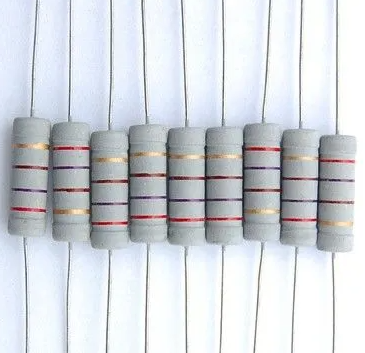1. Principles and classification of touch screen technology
Touch screen technology, as the core component of modern electronic device interaction, works based on the user's touch operation being converted into electrical signals, which are then parsed into specific coordinate data by the microprocessor to achieve interaction with the device. Resistive touch screens, as a technology widely used in various devices, especially find a balance between accuracy and cost-effectiveness. It consists of four layers: the bottom layer is a supporting glass or plexiglass layer, the top layer is a plastic layer that has been specially treated to improve wear resistance, and the middle two layers are metal conductive layers coated with indium oxide, which are interconnected by transparent isolation points. insulation. When a user touches the screen, the two conductive layers at the touch point come into contact, forming an electrical signal.
The design of a resistive touch screen allows it to determine the location of the touch point by measuring the voltage difference in the X- and Y-axis directions. Specifically, it is achieved by introducing voltage to the conductive layer in the X- and Y-axis directions and measuring the voltage change at the touch point. A key advantage of this technology is simplicity and cost efficiency, making it ideal for many applications.

2. Working principle of four-wire resistive touch screen
The core of a four-wire resistive touch screen is its ability to accurately measure the coordinates of the touch point. It determines position by applying voltage to electrodes leading out of the four corners and measuring the reflected voltage value at the point of touch. This design not only ensures the accuracy of measurement, but also improves response speed and sensitivity. For the coordinate measurement of the X-axis and Y-axis, the touch screen applies a certain voltage to the conductive layer in the X-direction and Y-direction respectively, and determines the precise position of the touch point by measuring the voltage change in the other direction.
3. Working mechanism of touch screen controller
The touch screen controller is an integral part of the touch screen technology. It is responsible for converting the analog signals generated by the touch into digital signals and transmitting them to the microprocessor. In precision equipment such as laser therapy machines, the selection and configuration of touch screen controllers are crucial. It needs to be able to process signals accurately and quickly, and ensure the response speed and accuracy of the device. By using high-performance microprocessors and optimized data transmission protocols, the operating efficiency and user experience of laser therapy devices can be significantly improved.
